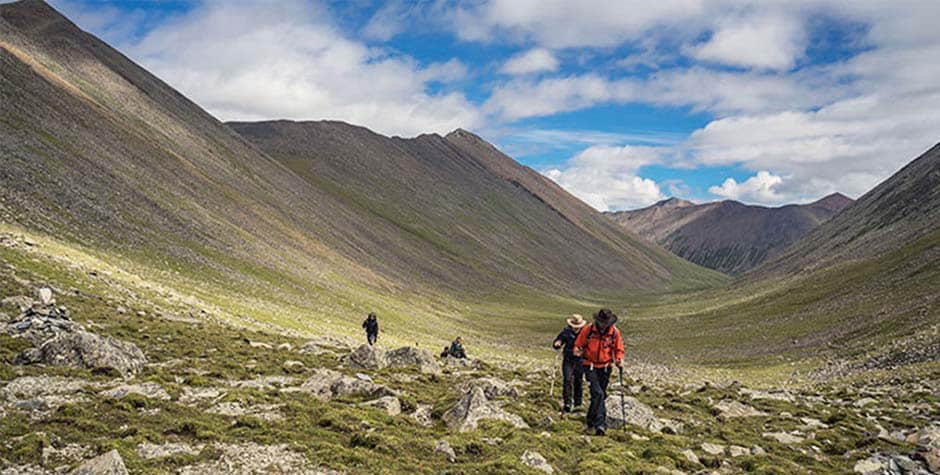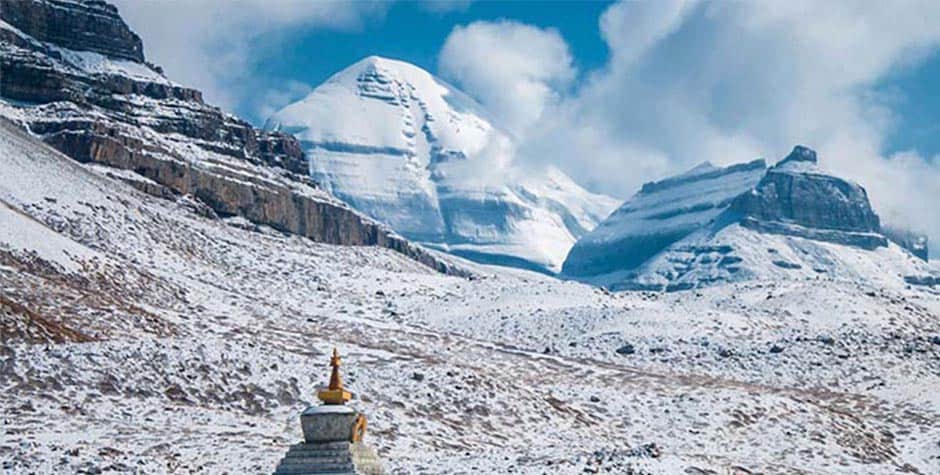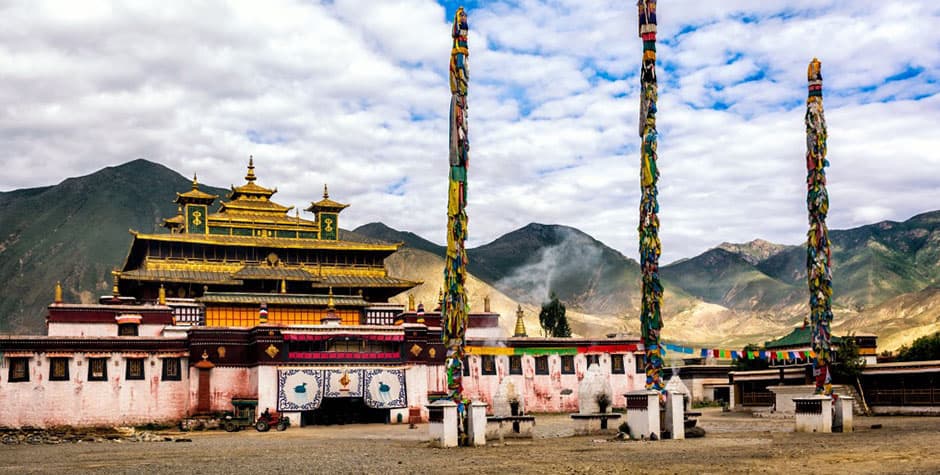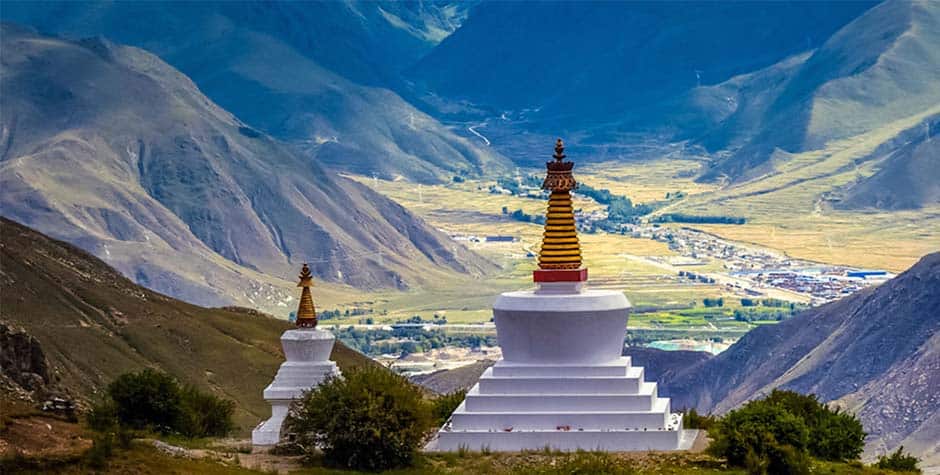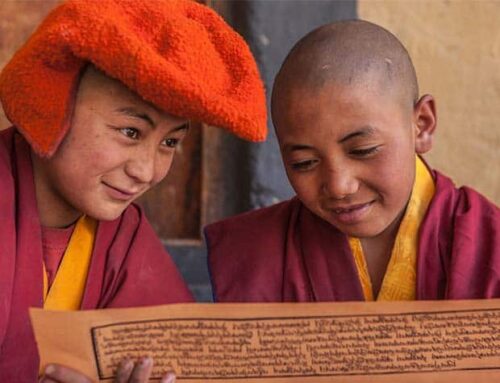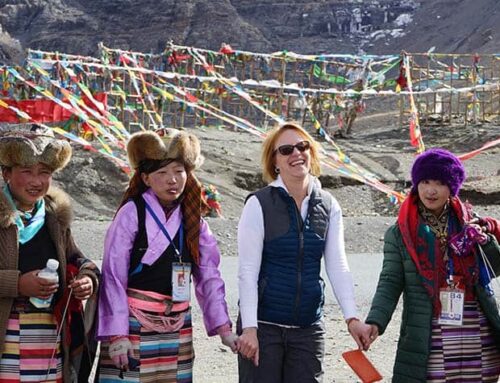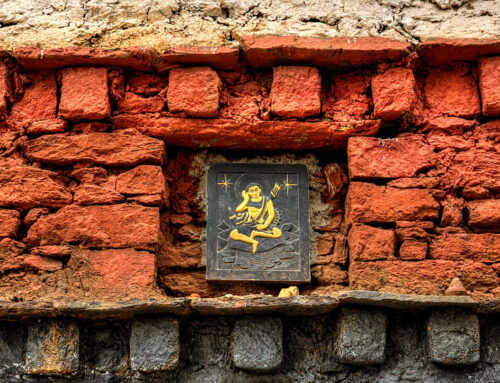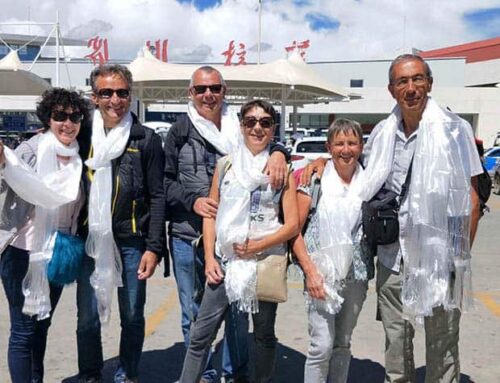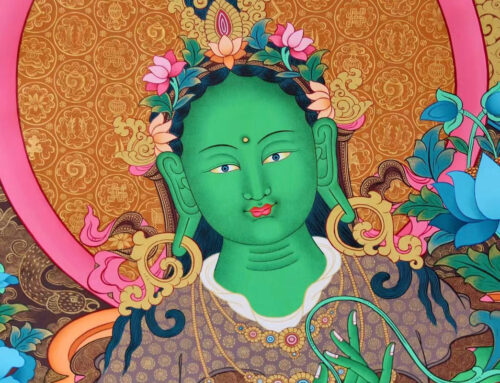Tibetan sky burial ritual is one of the unique cultures we have developed over the centuries. Different people have different views of this practice. Yet once you understand the background of this burial practice, you will surely better understand our way of life and our belief systems. So, let me write to you about this practice in as much detail as possible.
Purpose and meaning of Tibetan sky burial.
Almost 99 percent of Tibetans living on the Tibetan plateau are Buddhists. Traditional practices in our culture are base on the teachings of Lord Buddha, and impermanence is the main factor. Jhator (བྱ་གཏོར) is an act of generosity from the deceased, as his mortal remains are fed as living sustenance for another living being. Such generosity and compassion are place as the highest virtues in Buddhism.
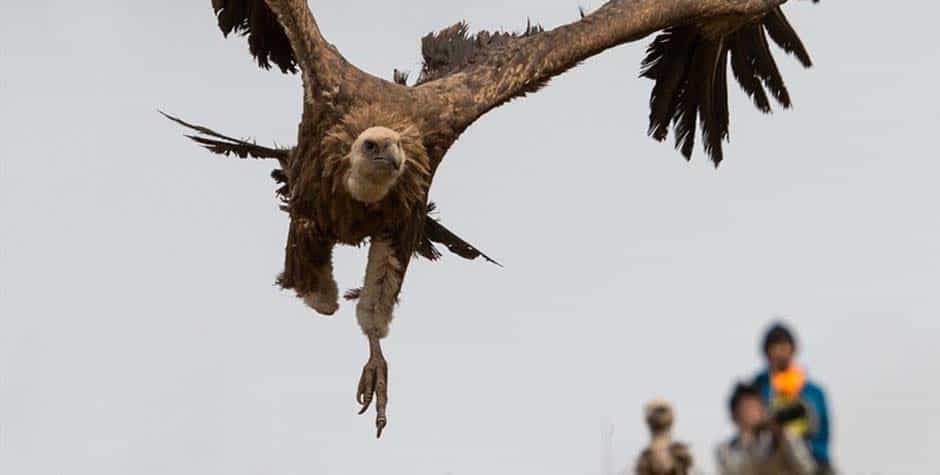
Stages of Tibetan Sky Burial Rituals
1) The first stage would be the preparation for death.
As a Buddhist, the impermanence of life and everything surrounding us is a reality. An older member told us not to do bad things. As they would bring karma, and we would be born in hell if we did evil deeds.
At night, when we go to the bad, we prostrate ourselves to the altar before Buddha images and statues as if it were our last. If we are lucky enough to wake in the morning. We thank the Buddhas for the blessing. Would live those days as if they were our last. We would try to devote maximum time to the practice of Buddha's teaching. This is another reason why everyone in Tibet will always have the rosary in their hand and recite the mantra as much as possible.
When someone reaches the last stages of life. They give up all household activities to the family's younger members and devote their rest time to Buddhism. Some even give up everything to become monks or nuns and leave house hold for monastery. Many start accumulating things required for their death rituals, like a white cloth to wrap their bodies in after death.
Every house has a small pot containing holy pills and holy herbs to give to someone before their last breath.
2) Astrology consultation
Immediately after the deceased passed away. A family member would go to the nearest monastery or Astrologers to get an astrological prediction and procedure to follow. We would need clear information about the person's date of birth, or the astrological animal, and the element of the time when the deceased was born. He will then give clear information about what time the body has to leave home for burial. What practice a family member should perform, and which Buddha's Thangka or statue the family member should make for the deceased.
3) Religious practice
The family would soon invite monks from the nearest monastery to recite the prayer and read a Tibetan book of death (བར་དོ་ཐོས་གྲོལ) to guide the deceased into the path to next life. This prayer would last until the burial time.
After this, we would hold weekly prayers on the day of death. All the family members and relatives would gather to give a helping hand and make offerings to ease the family members' expenditures for all the rituals. During the weekly prayers, we offer prayers. We must prepare many eatables for this prayer, including the Tsampa cake. And we will distribute them to all the neighbours, friends, and family.
The family member must also offer a butter lamp within 45 days after the deceased's transmigrational journey to the next life. It is commonly believed that it helps the deceased as a lamp to see in the darkness on his journey. Average family members would make hundreds of butter lamps at a time, and the rich would create thousands.
After consulting with the astrologer, the family member must also make a statue or Thangka of Buddha. This image of Buddha would become the only remembrance of the deceased in the long term. We have lots of Thangka in our house for our grandfather and other family members. It is believed that every Buddha image we ask for will guide the deceased to the next life smoothly.
4) Burial
Suppose the family home is located near Lhasa city. One family member would bring a butter lamp to the Jokhang temple in Barkhor Street.
Every relative would gather in the deceased's house to prepare for the burial. At five in the morning, family members would take the deceased body out of the sky burial. Usually, the dead body would remain in the house for two to four days, depending on the favourable time predicted by the astrologer.
The family members offer the Khata (white scarf) to the deceased. The dead body is then brought to Barkhor Street for one last circumambulation of the Jokhang temple, and it is taken to the sky burial site. After the circumambulation of Barkhor Street, only a few male relatives continued to the burial site to help the cutter and make sure everything went smoothly.
At the burial site, when the cutter is offering the dead body to the bird. There will be monks to recite the prayers.
5) Annual prayer after one year
After a year, There is one final ritual. The family holds an annual prayer. It can be held either in the family home or at the monastery of their choice. This prayer wishes good fortune and well-being for the next life.
Some Other information relating to the Tibetan funeral practices
Sky burial is done for ordinary people. Regarding highly attained monks and Lamas, their remains would be cremated in the fire. When it comes to small children, body would be buried in the Land or performed a water burial.
Travel information about Tibetan Sky Burial and after death rituals
During your visit to Tibet, you will not be able to visit the ritual site during the ritual's performance. People in Tibet are very sensitive about this. Therefore, if you want to, I would recommend visiting Tibetan areas in Sichuan or Qinghai, but with permission from the person in charge.
How do you feel about this post on sky burial and Tibetan burial rituals? Please let us know at info@itibettravel.com. Read more about Tibet Travel Information and Tibet Tours. Please visit our blog: Nomadictibet.com
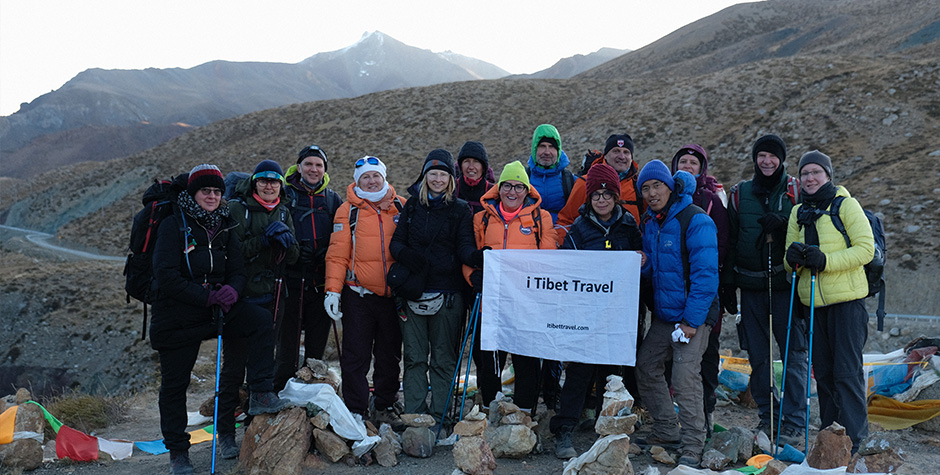
About Tenzin Travel & Tours
Tenzin Travel is one of Tibet's most experienced tour operators, with over 20 years in the industry. Founded by a local Tibetan family with decades of expertise as guides, managers, and route planners, we craft personalized itineraries for every traveler.
Our Lhasa office is just steps from Barkhor Square, and our all-Tibetan team ensures deep cultural, linguistic, and religious insights, setting us apart from other agencies.
Beyond tourism, we support Tibetan communities by donating a portion of each tour to local projects. Your travel to Tibet is about more than profit—it's about opportunity for us to give back.

